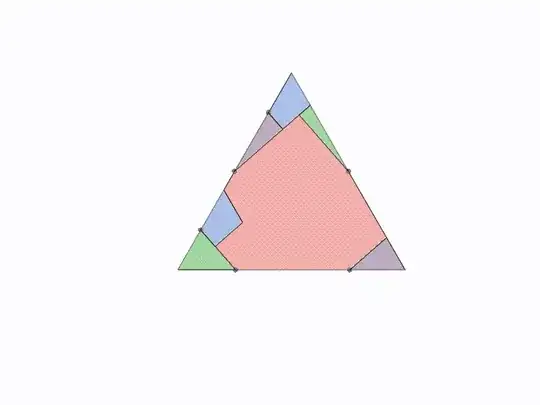I would like to write an article about powerful existence theorems that assert, under mild and simple conditions, that some basic pattern or regularity exist. See some examples below. By mild conditions I mean short, easy, general. By simple conditions I mean that they should be accessible to undergraduate mathematics/science students.
I am especially interested in "low-dimensional" examples which allow an easy graphical representation.
I had some obvious examples in mind (given below), but many of them are rather classical results established until around 1970, roughly speaking.
I would be interested in more recent results. Thanks to the users that added great examples in the comments!
(1) Cantor Set, and existence of cardinalities $>|\mathbb N |$
(2) Lemma of Sperner, and Brouwer Fixed Point Theorem
(3) Lemma of Tucker, and Borsuk-Ulam Theorem
(4) Ramsey's Theorem
(5) Wallpaper Groups: There exist exactly 17 plane symmetry groups
(6) Banach-Tarski Paradox
(7) Wagner's Theorem about Planar Graphs
(8) Monsky's Theorem
(9) Four Color Theorem
(10) Penrose Tiling
EDIT: adding great examples from the comments
(11) Max-Flow Min-Cut Theorem from graph theory
(12) Tverberg's Theorem about intersecting convex hulls
(13) Van der Waerden's Theorem
(14) Szemerédi's Regularity Lemma from extremal graph theory
(15) Recent results about Existence of Designs (Keevash 2014, Glock et al. 2016)


